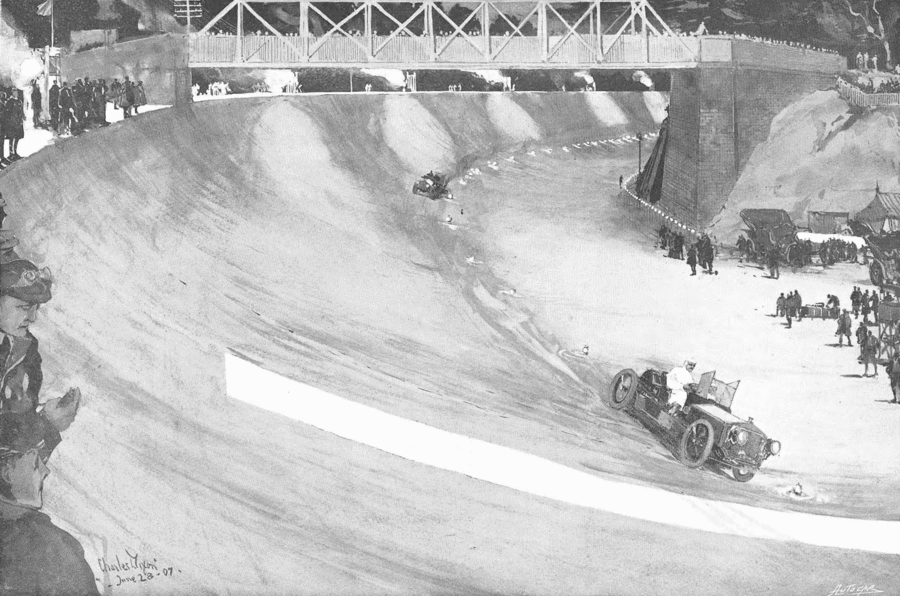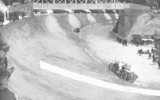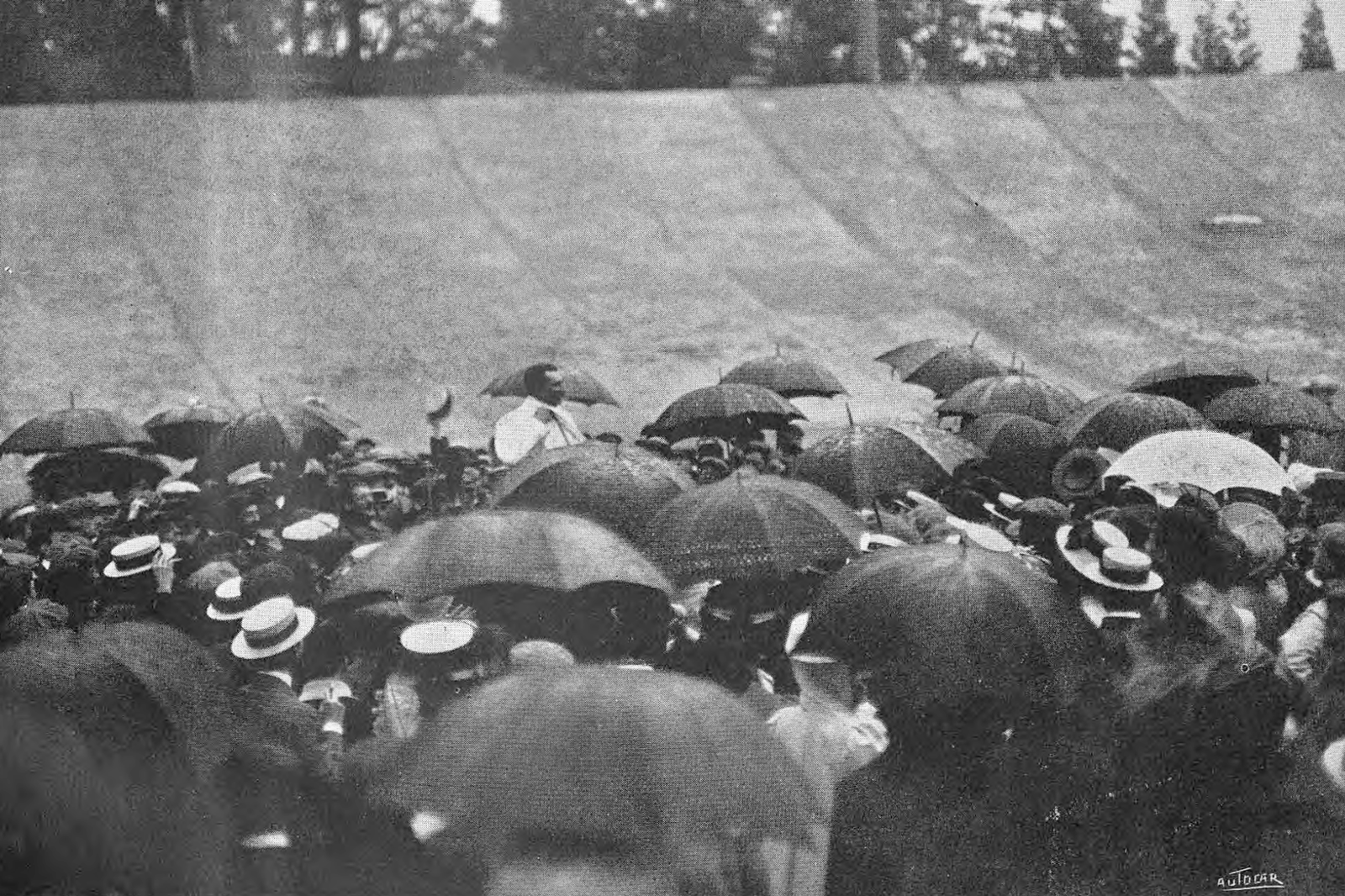One great pioneer of British motor racing is one who sadly is not too well known any more: Selwyn Francis Edge.
Born near Sydney, Australia in 1868, he and his parents moved to London when he was three years old. He became a keen cyclist and was talented enough that, aged just 23, he joined the England team for the inaugural Paris-Bordeaux race. He came third.
His fame naturally found him employment within the burgeoning bicycle industry. While working for Dunlop, he was one of the earlier adopters of the new motor car, buying a De Dion-Bouton in 1896.
Edge's passion for cycling had also led him to become friends with Montague Napier, of the Napier engineering company.
Edge had been bitten by the automotive bug, so he asked his friend to fit his ex-racing Panhard with a Napier engine and to replace its tiller with a new-style steering wheel, bringing the Napier name into the car world.
In 1900, now an established importer and seller of French cars, he realised from seeing the genesis of motorsport across the channel the marketing value of racing.
So he entered the Thousand Miles Trial – from Newbury to Edinburgh and back – with a Napier car, winning in his class and being one of just 12 drivers (from 64) to be classified.
What could be better publicity, though, than a world cup for cars? That was essentially the idea of the Gordon Bennett Cup, which was run by an American newspaper magnate.
After a cancelled entry in 1901 due to worries over the mandatory tyres, Edge duly won the 1902 race, as his two British and three French rivals retired, with his 40hp special completing the 351-mile rally in just over 11 hours.
The old maxim goes 'win on Sunday sell on Monday' and indeed it's reported that Napier sales in France and British exports across the channel both tripled. After this, Edge became sales manager for the firm.






















Add your comment